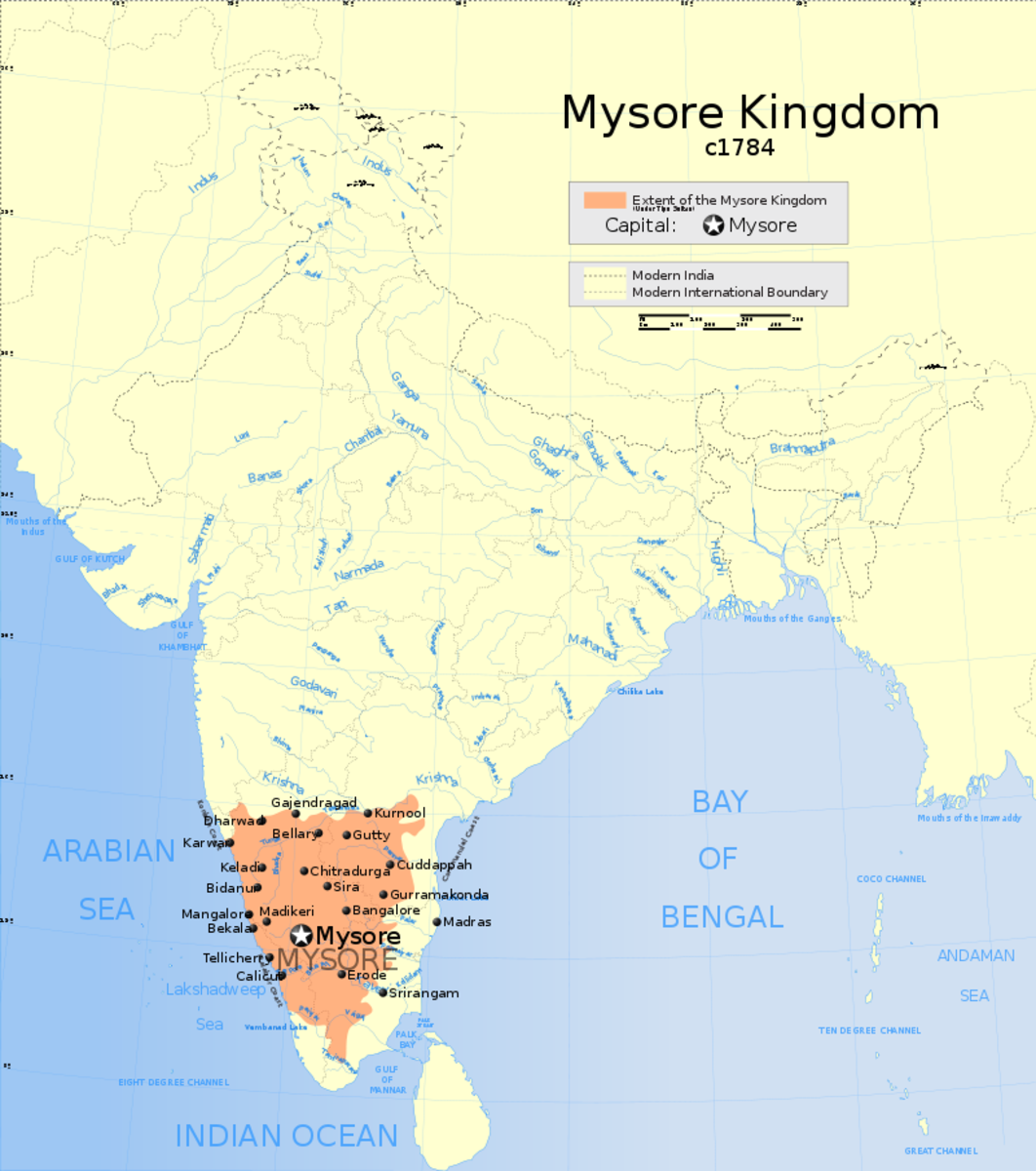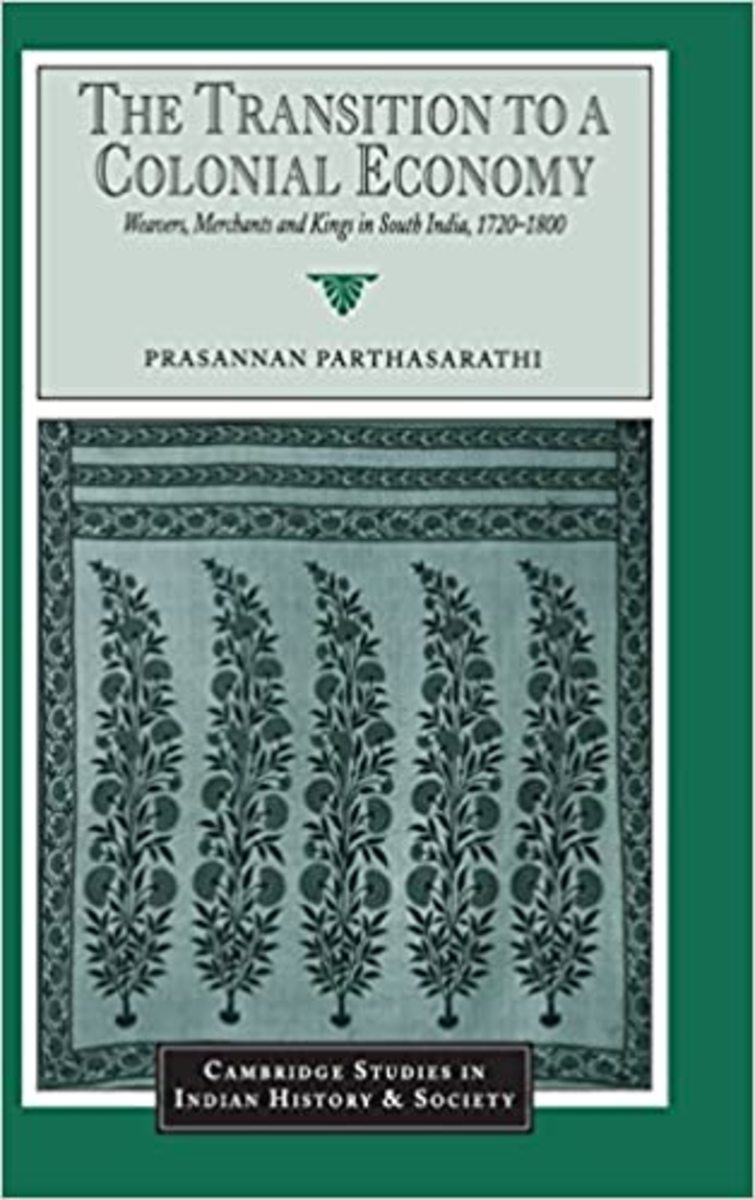- HubPages»
- Education and Science»
- History & Archaeology»
- History of Asia
Economic Impact of British Colonial Rule in India

The Indian economy under British rule underwent a phase of arrested development. This was so, inspite of the fact that most pre-requisites for economic development were met by India even prior to the British advent. These were; a prosperous agriculture, significant indigenous industry, sizable exports, abundance of minerals and ores, and above all, a surplus which could be invested. Thus, India had the potential for economic growth. With the advent of the British came modern business, technology, capital, and the political institution. The obvious question that follows is that, why did not India experience any significant economic progress. The answer to this lies in the nature of colonial relationship between Britain and India.
Historians differ in viewing the economic impact of British policies in India. The apologists viewed that the British formed a potent force for development but failed to achieve much due to the internal bottle-necks in India, namely, caste system, joint family system, etc. The other view, chiefly of the nationalists stresses on the conscious policies followed by the British aimed always at Britain's gain at the cost of India's economic growth as responsible for the economic stagnation of India. It is in this perspective that we will study the impact of British economic policies on the Indian economy.
Taking up the agricultural sector, prior to the advent of the British, the agrarian structure was feudal in nature. The feudals formed the surplus appropriating class and the peasants, the cultivating class. Land was not private property as understood today, but the peasants had hereditary and customary rights for land cultivation. The land revenue exacted from the peasants varied between 1 /3rd to 1/5th of the, gross produce. The land revenue was payable~to the King, directly or through his intermediaries who were the chiefs, the assignees, the grantees, the revenue farmers. With the British establishing their political power in Bengal, to start with, they merely collected revenue within the then existing system, However, they maximized revenue collection to the extent possible. This can be clearly illustrated by the figures of land revenue collection between 1762-63 to 1765-66. While the land revenue amounted to Rs.64.5 lakhs in 1762-63 it swelled to Rs.1.47 crores in the year 1765-66. In 1773, the East India Company wanted to directly manage revenue collection. The right to collect revenue was given to the highest bidder.,But the system failed as bidding was often unrealistic and the landlords; failed to fulfill their commitments. From around 1780 A.D. on wards, need for revenue stability was felt. The then dominant school of economic thought, the physiocrats, stressed on agricultural sector as the only significant source of wealth. Institutionalization of agricultural land as private property was expected to lead to economic prosperity, based on the belief that profit maximization motive is closely associated with private property. Thus, the concept of private property was thought to increase agricultural production and productivity and thereby, ensuring revenue stability for government. The British introduced three major land revenue and tenurial systems, namely, the Zamindari system, the Mahalwari system, and the Rytwari system.
Land Revenue Systems during British Rule in India
- Zamindari System
Zamindari System was introduced by Cornwallis in 1793 through Permanent Settlement Act. It was introduced in provinces of Bengal, Bihar, Orissa and Varanasi. - Ryotwari System
Ryotwari System was introduced by Thomas Munro in 1820 in Madras, Bombay, parts of Assam and Coorgh provinces of British India. - Mahalwari System
Mahalwari system was introduced in 1833 during the period of Warren Hastings. It was introduced in Central Province, North-West Frontier, Agra, Punjab, Gangetic Valley, etc of British India.
The Zamindari system (or permanent settlement, 1793) was introduced in Bengal, Bihar and Orissa. Under this system, old tax farmers, revenue collectors, and Zamindars were turned into private landlords. However, some restrictions were placed; the landlord was to part with 10/11th of the produce, as payment of land revenue to the British Indian Government, (this payment was fixed and permanent); also, State could interface between the Zamindaris and the Ryot. However, seldom did the State interfere for the betterment of the peasants. In fact, in the early stages laws were harsh and no relief was given either to the Zamindar or ryots in the eventuality of drought or famines. The peasants lost their customary cultivating rights and turned into tenants-at-will, Under this system, both the British an' the landlords gained at the-cost of the poor cultivating tenant. The British found in the Zamind' s, close political allies and also got a steady reverie inflow. The landlords benefited since the land revenue was fixed as all increased production went into their share.
The British soon introduced the Mahalwari and the Ryotwari settlements. The new systems took into account the increases in production. The State revenue share was revised at regular intervals. Also, apparently the settlements aimed at betterment of the peasants conditions.
Under the Ryotwari settlement (Reed and Munroe) the Peasants were directly responsible to the government and their did not exist any intermediaries, in the form of Zamindars.
The new settlement was in operation in Madras and Bombay Presidencies. Though, apparently the settlement seems just, in reality the large number of Zamindars were replaced by one giant landlord the State. The land revenue was exorbitant (46 to 50 percent of the gross produce) and revised upwards every 20 to 30 years.
In the Gangetic Valley, the North-West provinces, parts of Central India and the Punjab, the Mahalwari settlement was introduced. Under the Mahalwari system, the revenue settlement was to be made village by village with the heads of families; collectively claiming to be the landlords. Initially, the land revenued share of the State was as high as 83 percent of the gross produce but later it was revised downwards, to 66 percent of the gross produce.
The new agrarian relations stabilized the government revenues but, however, reduced the peasant to abject poverty. Now, land became saleable, mortgageable and and alienable which undermined the structure of the rural society. The worst evil was the emergence of money-lenders and thereby the rural indebtedness. The other evil was the emergence of money-lenders and thereby the rural indebtedness. Some other evils were sub-infeudation and agricultural labour. Another important development was the commercialization of agriculture which had some merits, but at the cost of food grains. The ultimate structure which emerged in the agricultural sector can be termed as semi-feudal and semi-colonial in character. Increase in agricultural productivity as anticipated was not achieved as the landlords indulged in making quick money (trade and speculation)rather than investing in agriculture.
In the field of industries, prior to the coming of the British we had a well established handicraft sector. However, after 1813 A.D. Britain began to dump its manufactured goods into India. This was largely responsible for the decline of the handicrafts as it could not compete with the cheap imported cloth etc. From the mid-nineteenth century we notice penetration of foreign capital. The Industrial growth in India was lopsided as the well-developed consumer-goods industries were not adequately backed by the capital goods industries. Further, till early 20th century, industries were British dominated due to the conscious policies towards this end. Delayed protection was largely responsible for the stunted growth of Indian industries.
In the trade sector,.the most prominent aspect is that of the colonial character. India was turned into a market for British manufactured goods and supplier of raw materials to Britain, this was achieved through unequal tariff policy, biased stores policy, etc.
Viewing the economy in its total perspective, the national income grew only at 1 percent p.a. Further, famines had become a regular feature (32 famines occurred during the British rule in India). Having surveyed the nature of Indian economy under the British, one can assert that the apologists view is inadequate and in fact an incorrect explanation for India's economic stagnation. Again, the British policy cannot be wholly condemned as a conscious effort to disrupt the Indian economy. It is true that the Indian interests were subordinated to the British interests but part of the British economic policies resulted from misunderstanding of Indian set up. For example, they mistook the Indian landlord to be synonymous to the British landlord.
In conclusion, the impact of British policies on the Indian economy was one of stagnation. This is largely accounted for, by the colonial relationship that existed between India and Britain.
Also See:
- Land Reforms in India
Many land reforms were initiated after independence of India. The political leaders especially Nehru always dreamt for a socialist pattern of society in India.









